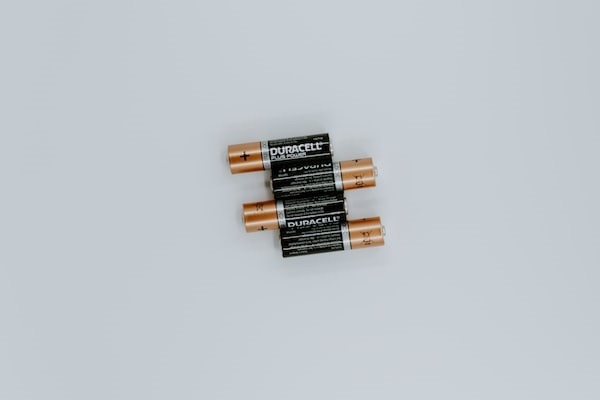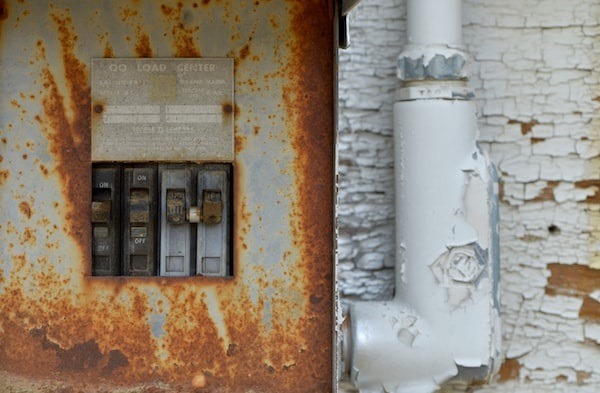Is your air conditioner not turning on? Are you unsure of what to do next? If you’ve checked the thermostat and it’s not responding, there are a few steps you can take to get your AC unit running again. Keep reading to find out what to do for a thermostat not turning on AC.
Check the settings on your thermostat
If your thermostat isn’t turning on your air conditioning, there are a few things you can check before calling a repair technician. The first thing that you’ll want to look at is the settings. You should check the temperature settings to make sure they are in line with the desired temperature of the room. It is also important to check the fan settings to make sure the fan is running correctly. The thermostat should be set to cool mode, and the desired temperature setting needs to be lower than the temperature in the home for the AC to come on.
Replace the batteries in your thermostat
Dead batteries are one of the most common causes of a malfunctioning thermostat. If you have a digital or programmable thermostat, it likely runs on either AA or AAA batteries. These will need to be replaced regularly according to manufacturer instructions. When replacing these batteries, make sure that they are inserted correctly and securely into place. If they are not inserted properly, this could cause your AC unit to turn off unexpectedly or fail to turn on altogether.
In order for your thermostat to properly detect changes in temperature and send signals to activate cooling units, it needs fresh batteries at all times. Depending on how frequently the AC unit is used, battery life can range from 6 months up to 2 years, with some models lasting longer than others depending on their power source and usage patterns. To help you remember, you can replace the batteries in the thermostat around the same time you change out the ones in your smoke detectors each year.
Clean and tighten connections
When it comes to troubleshooting a thermostat that isn’t turning on the AC unit, one of the first steps is to check for any loose connections. This means ensuring that all wires are securely connected and not broken or frayed. Before you inspect the wiring, it’s important to turn off the power to the thermostat. If any connections appear loose, they should be tightened and secured in order to ensure proper function. It’s also important to make sure there are no exposed terminals where two wires meet in order for electricity to pass safely from one point to another.
Additionally, cleaning up any dust or debris around the area may help improve electrical flow and reduce potential hazards like short-circuiting. Once everything is clean and tight, you can move on with other diagnostic measures, such as checking the power supply or testing the system components with a multi-meter if necessary.
Check and replace any faulty fuses or breakers
If your thermostat isn’t turning the AC on, a malfunctioning fuse or breaker could be to blame. If they are faulty, you may need to replace them in order to get your AC running again. It is important to understand how breakers and fuses work in order to diagnose the issue properly. Breakers and fuses are used to prevent too much current from flowing to an appliance, in this case, your air conditioner. When the current flow is too great, the breaker or fuse will trip, and the power to the appliance will be cut off.
If your breaker is tripped, you can try to reset it. A tripped breaker can usually be reset by flipping the switch to the “On” position. If the breaker trips again, you will need to determine the cause. Fuses can also be reset by replacing the fuse with a new one of the same size and amperage. A qualified electrician can help you determine if the problem is with your breaker or something else.
A malfunctioning thermostat can lead to uncomfortable living conditions, wasted energy, and possible damage to the HVAC system. It is important to diagnose and address any issues with the thermostat as soon as possible.



